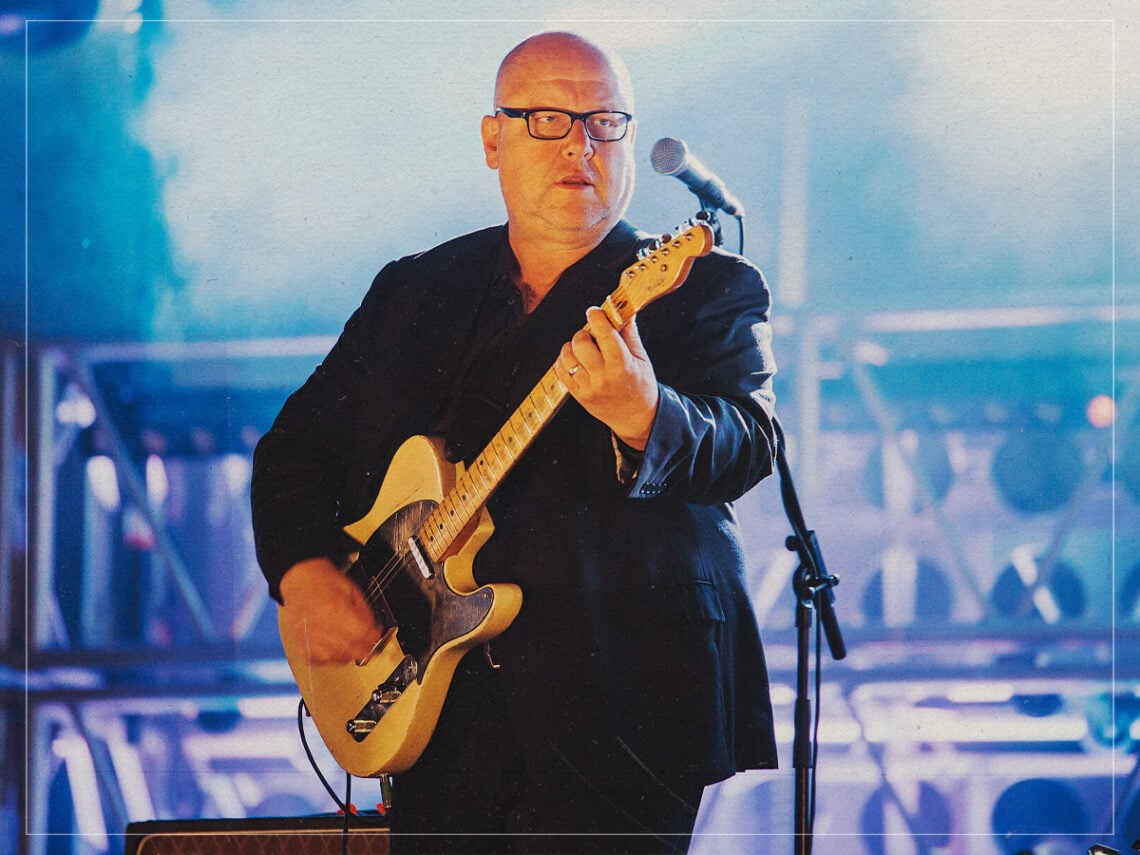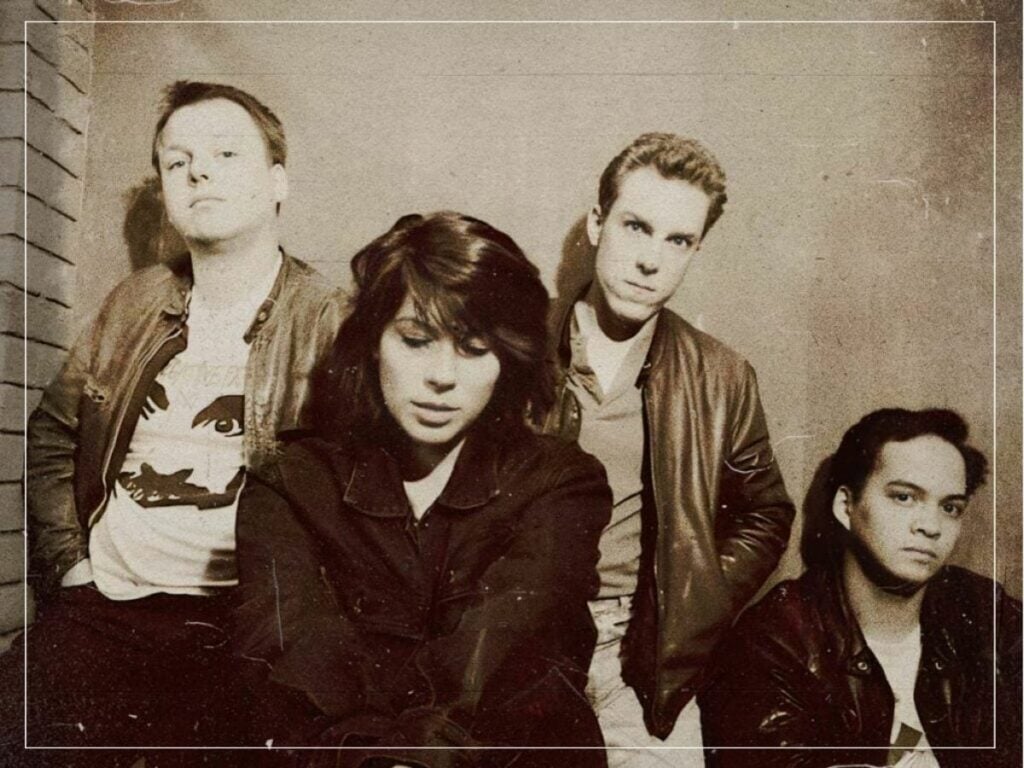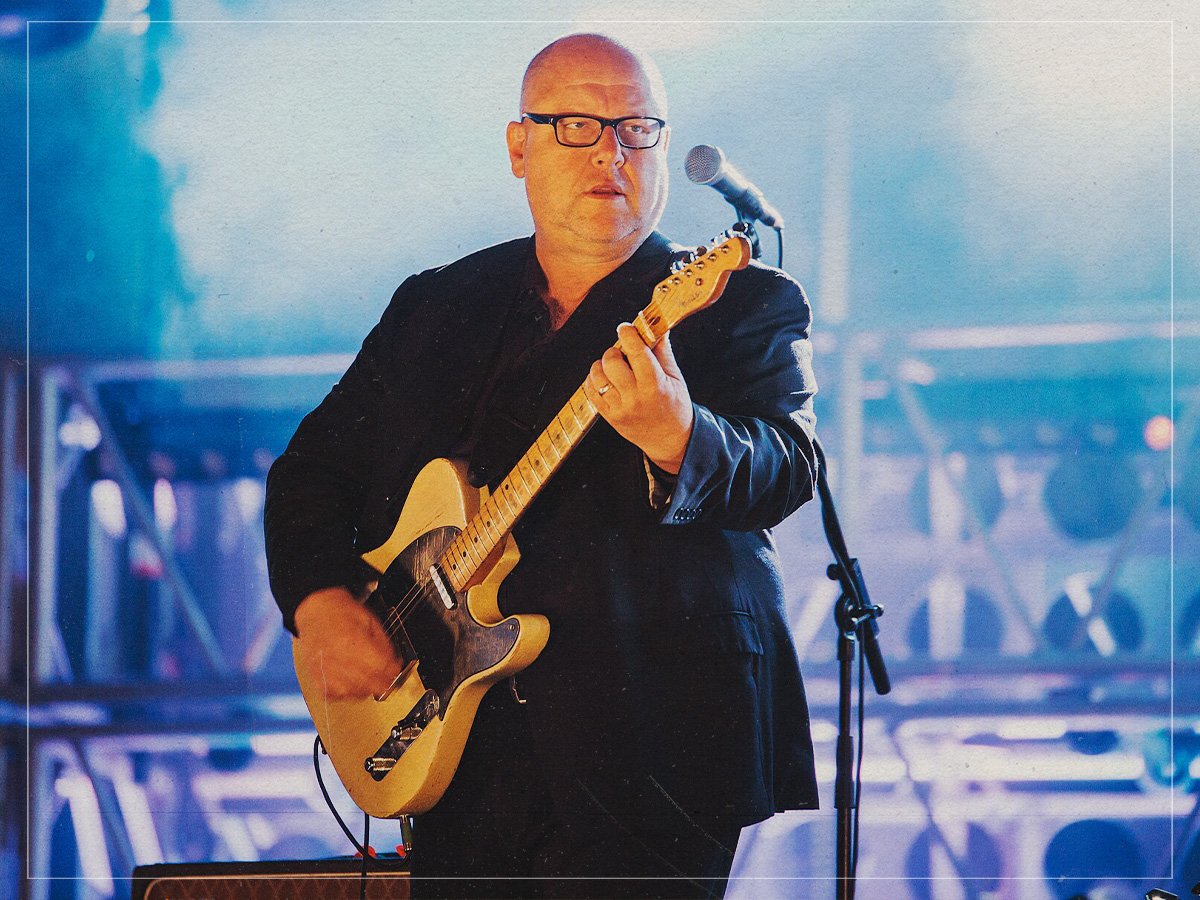
(Credits: Far Out / Krists Luhaers)
Mon 3 November 2025 15:32, UK
Charles ‘Black Francis’ Thompson, the iconic frontman of the alt-rock group Pixies, is undoubtedly one of the most important luminaries of the grunge movement in the late 1980s and early ’90s. After forming Pixies in the noir setting of Boston, Massachusetts, in 1986, Francis and the band began touring local venues before laying down their promising mini-LP, Come On Pilgrim.
Inspired by their early success, Pixies followed up Come On Pilgrim with their debut full-length record, Surfer Rosa. Alongside the work of noise rock groups such as Sonic Youth and Butthole Surfers, this debut record inspired the US alt-rock scene of the 1990s, most notably capturing the imagination of Nirvana frontman Kurt Cobain.
In the 1990s, Cobain listed 50 albums that inspired Nirvana the most. Pixies’ Surfer Rosa appeared at number two on the list and was accompanied on another page with the following note: “I was completely nihilistic up until about four or five years ago when I first heard this. It changed my attitude. It made me finally admit, after being into punk rock for so many years, that I finally liked other styles as well. It made me finally admit that I’m a music lover.”
Nirvana’s sound was so inherently influenced by that of Pixies that, for a while, they feared that the single ‘Smells Like Teen Spirit’ would be dragged into court. “This really sounds like the Pixies. People are really going to nail us for this,” Cobain and Krist Novoselic famously agreed at the time.
In their assessment, they weren’t far wrong; anyone could draw some striking similarities between the groups’ sounds, but they managed to pull it off without galvanising too many fans or critics.
 The Pixies in the 1980s. (Credits: Far Out / Discogs)
The Pixies in the 1980s. (Credits: Far Out / Discogs)
During an interview in 2013, nearly two decades after Cobain’s tragic death, Francis discussed the Pixies’ legacy. Asked what his contribution to rock was, Francis replied sarcastically: “Being original, influencing Nirvana so they could rip a song. I’ll admit it — if Kurt Cobain’ fessed up to it, fuck it, I’ll agree with it, you ripped us off.”
If Pixies served as the crucial bridge to Nirvana’s role in defining the grunge movement, Neil Young sat on the other side. Very few grunge artists would refrain from lauding the Canadian singer-songwriter as a key source of inspiration, and hence, his nickname, ‘The Godfather of Grunge’, has held up for the past three decades.
Channelling the spirit of grunge towards the 1990s, Francis was a devout disciple of Young and had a particularly soft spot for his proto-grunge album of 1979, Rust Never Sleeps. When challenged to pick out five songs that he wishes he could have written in a past interview with Rolling Stone, Francis picked out ‘Hey Hey, My My (Into the Black)’.
“It sounds iconic from the first moment. It’s like he’s standing on a mountain peak delivering a sermon that’s 100 years old,” he said of the classic song. The track can be seen as Young at his devastating best. He is at once of the moment and yet entirely prophetic, like a mystic of the past who has visited the future coming to save our current souls.
When critics began to claim Neil Young was past his expiration date in the late-1970s, the singer wouldn’t take it lying down. Instead, he sharpened his pencil and scrawled one of his most vicious songs. It reeks of everything that makes Young one of the most gifted songwriters of his generation and the envy of Generation X, of which Francis is very much a part.
‘Hey Hey, My My’ appears in two bookending versions on Rust Never Sleeps. ‘Hey Hey, My My (Out of the Blue)’ kicks off the album with a soft acoustic sound, while ‘Hey Hey, My My (Into the Black)’ sees us home with a heavy, distorted, electric reprise more evocative of the grunge sound to come.
Listen to both versions of ‘Hey Hey, My My’ below.
Related Topics

